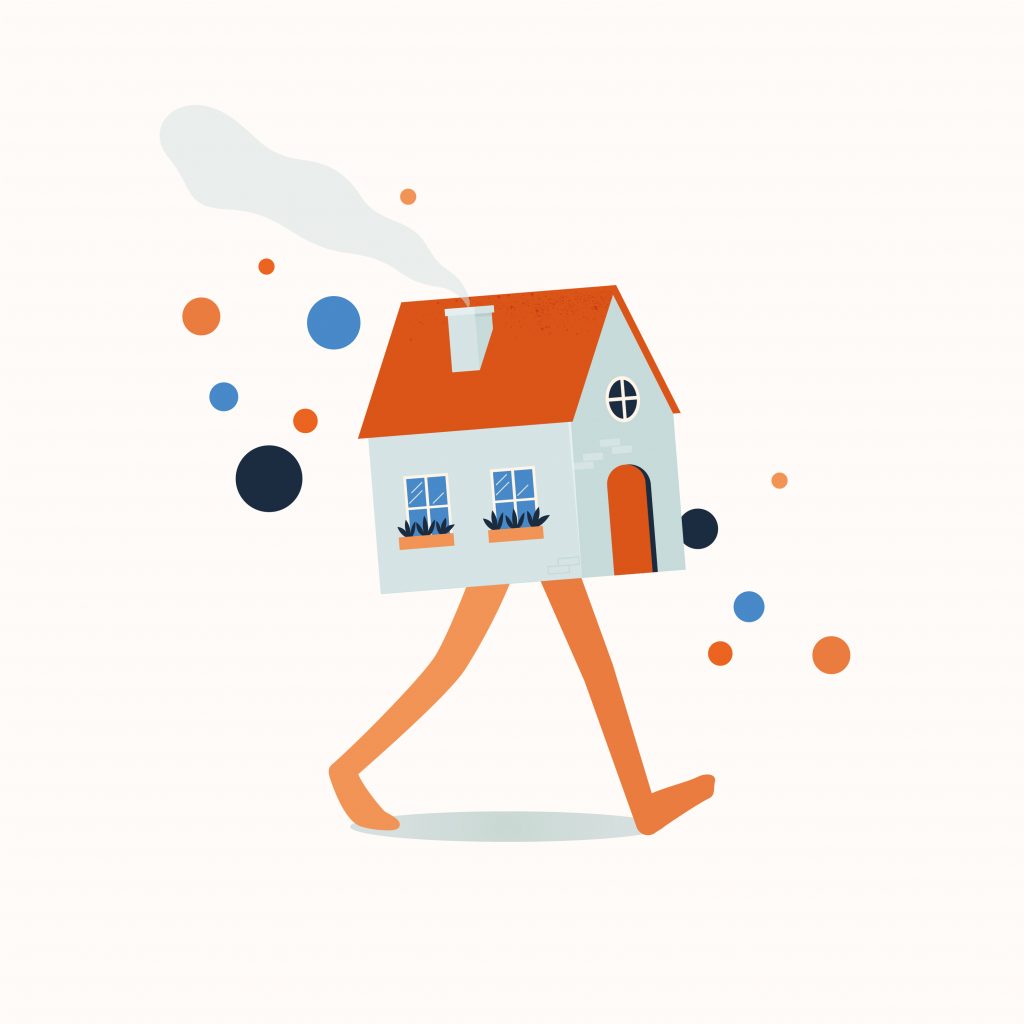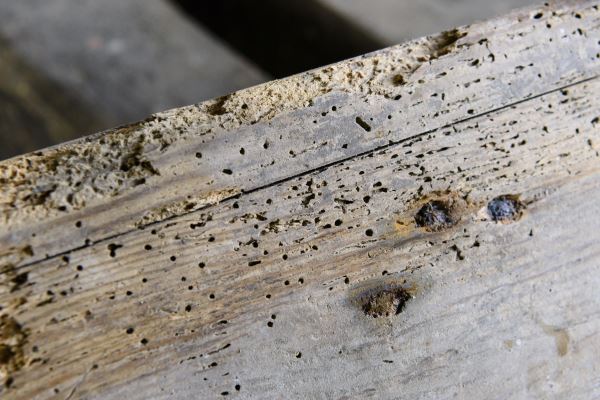
06 Jun 2025 Cheltenham
Thinking of Switching Agents? Here’s How We Make It Easy!…

If you are concerned that you may have noticed signs of a woodworm infestation in your home then continue reading to see our top woodworm tips on how to deal with a woodworm infestation.
1. Woodworm are not actually Worms
Woodworm is just the generic term applied to the wood-boring larvae of certain species of beetle. They begin life when an adult beetle lays its eggs in a wooden surface in your property. From there they will begin a larval stage which has the appearance of a small white worm or grub. Unfortunately this larval stage is when they actually cause the most damage to your wooden structures as they can stay embedded in your structural and decorative timber for anywhere between two to five years as they feed themselves on the cellulose in the wood, potentially leading to the timber becoming structurally compromised.
After this period the larvae will transform into an adult beetle and make its way out of the timber to mate and begin the life cycle all over again
2. Check if the infestation site is Active
Perhaps the most familiar sign of a woodworm infestation are the small round ‘exit holes’ that the adult beetles leave behind when they exit the wood. However, spotting these alone does not actually tell you whether the site is active or not.
In order to determine whether your wood and timber are still infested with woodworm larvae it is more useful to examine the exit holes for signs of ‘frass’. This a fine powdery substance that looks pretty similar to sawdust, but is in fact woodworm droppings. While we recognise this is not the most attractive of tasks, if you can see evidence of frass then you can be fairly certain that there are indeed woodworm present in your home.
3. Prevention is critical
As a general rule prevention is always preferable to treatment, however this is easier said than done when it comes to woodworm.
Certain species of woodworm prefer timber with a higher moisture content – and in order to deter them from making a home out of your wooden furniture or flooring you could take steps to provide adequate ventilation into the property. This would help to clear damp and humid environments that contribute to some woodworm infestations. If you are testing your timbers with a moisture meter then anything below 12% is what you should aim for.
4. Remove affected items
If you do spot exit holes with evidence of frass in any decorative wooden furniture then you should be prepared to simply remove it from your home.
Whether in a chair, wardrobe or decorative wooden object, once the adult beetle emerges from the structure they are free to lay their eggs in any wooden surface thus spreading the size of the infestation. Unless the object has some serious financial or emotional value then the most sensible course of action is to reduce this risk by clearing it out of your home.
5. Structural Timber can be repaired
Whilst the point above refers to items that are fairly easy to remove from your home, woodworm infestations in structural timbers are a rather more worrying prospect.
Thankfully woodworm are more often a nuisance rather than a threat to the structural integrity of your property, however even serious woodworm infestation that have compromised structural integrity can be solved through timber repair services. Infected timber sections are cut away and can be replaced with a resin repair section. This is more economical than replacing full beams and has the additional benefit that resin repairs are insusceptible to woodworm infestations.
Professional woodworm treatment may be required in some cases.
Small and localised cases of woodworm are often fairly simple to treat by yourself, however if you find that the issue persists after treatment, or if the infestation is particularly serious then it would be sensible to consult with woodworm professionals to make sure no serious damage has been caused to the property.
To make absolutely sure that your property is in safe hands we would suggest that contacting an approved and certified Woodworm solutions company is the safest way forward. If necessary, infestation sites can be treated with Safety Executive (HSE) approved woodworm formula for both bare timber and coated surfaces to ensure that the woodworm problem is comprehensively dealt with
Guest Blog supplied courtesy of property preservation experts Peter Cox
Lets get started! Our valuations are based on our extensive knowledge of the whole of the market.
Get a valuation